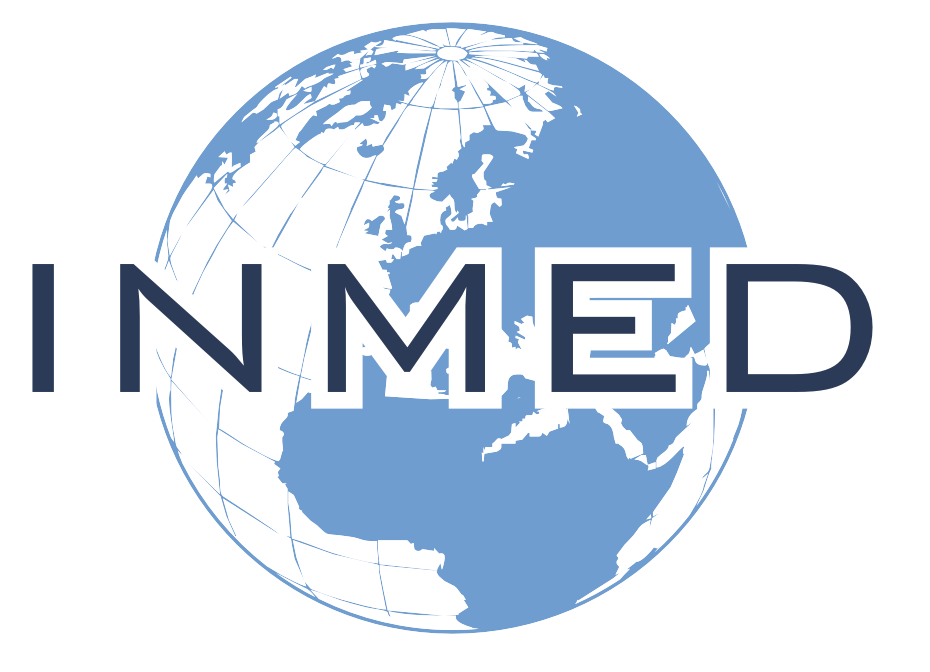Overview
Life for rural people in Zimbabwe is often characterized by a close connection to the land, as most rural households rely on subsistence farming for their livelihoods. Families typically cultivate crops such as maize, millet, and sorghum while raising livestock like cattle, goats, and chickens. Many rural areas lack access to reliable infrastructure, including electricity, clean water, and modern healthcare, making self-reliance and community support essential. Traditional customs and practices remain integral to social life, with extended family networks playing a vital role in providing support and guidance. Despite many challenges, rural communities often display resilience, resourcefulness, and a strong sense of cultural identity.
Karanda Mission Hospital was established in 1961 to meet the needs of clinics that were developed alongside churches and schools, working in association with the Evangelical Church of Zimbabwe. The hospital has approximately 150 beds, and on an average workday 10-20 surgeries are performed, and 200-300 outpatients are seen. The facility is known for the large number of surgical cases it handles, as well as treating HIV/AIDS, TB, obstetrics, and hydrocephalus. The patient population is drawn from the entire country as people seek affordable, reliable, compassionate healthcare. The Karanda Mission Hospital motto is “Serving God, Serving Others.”
